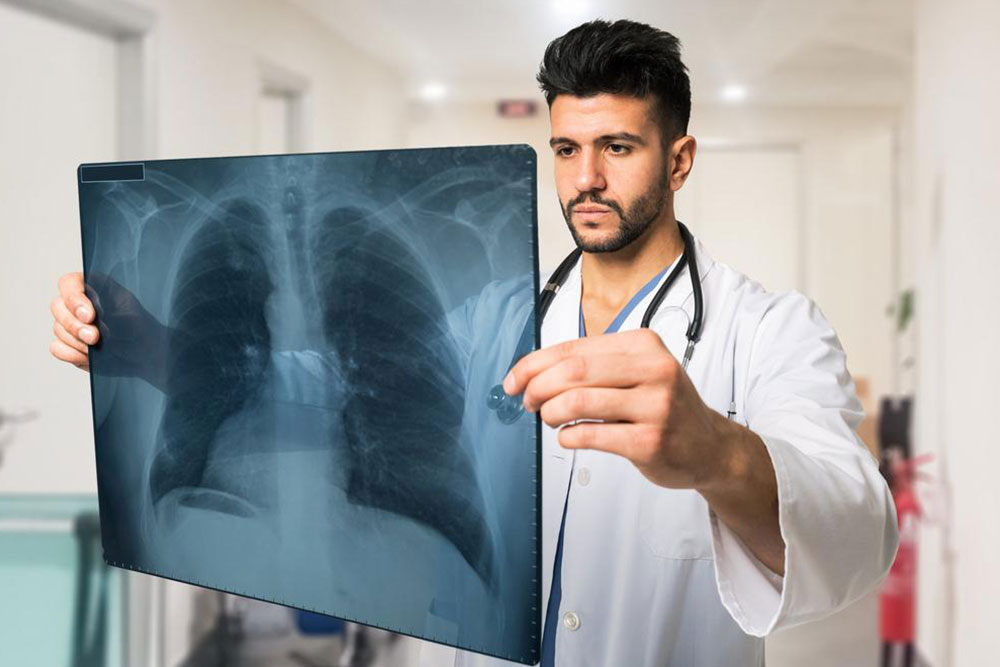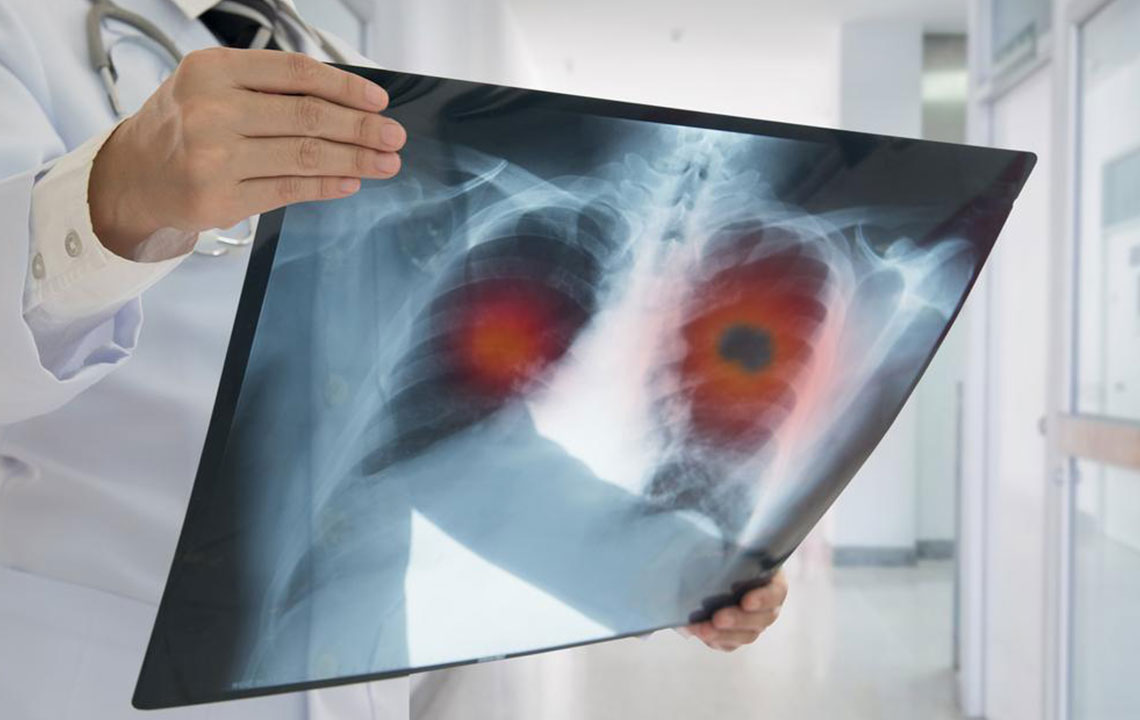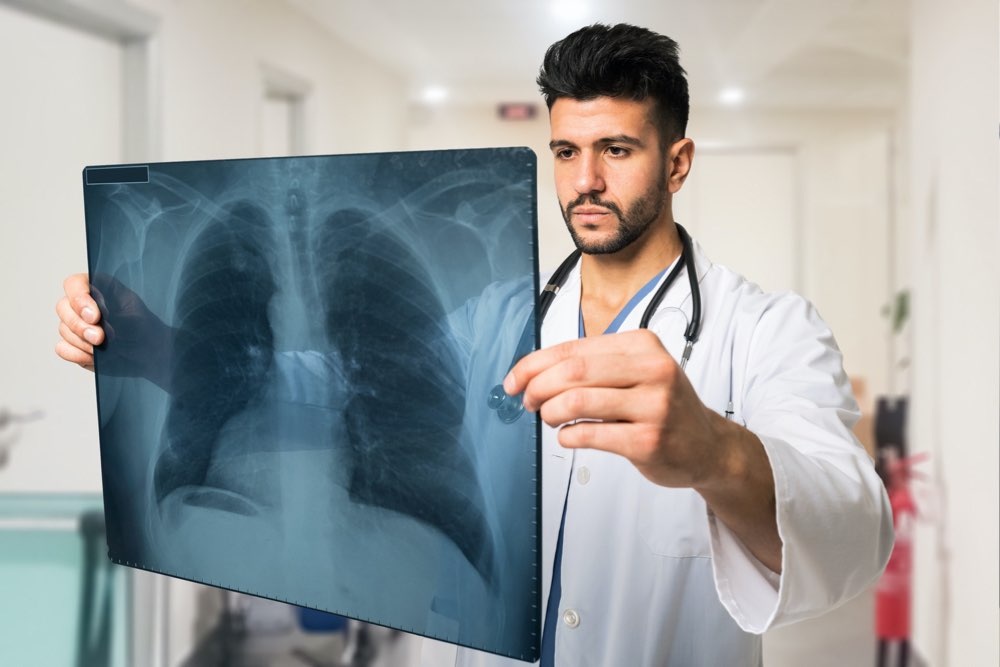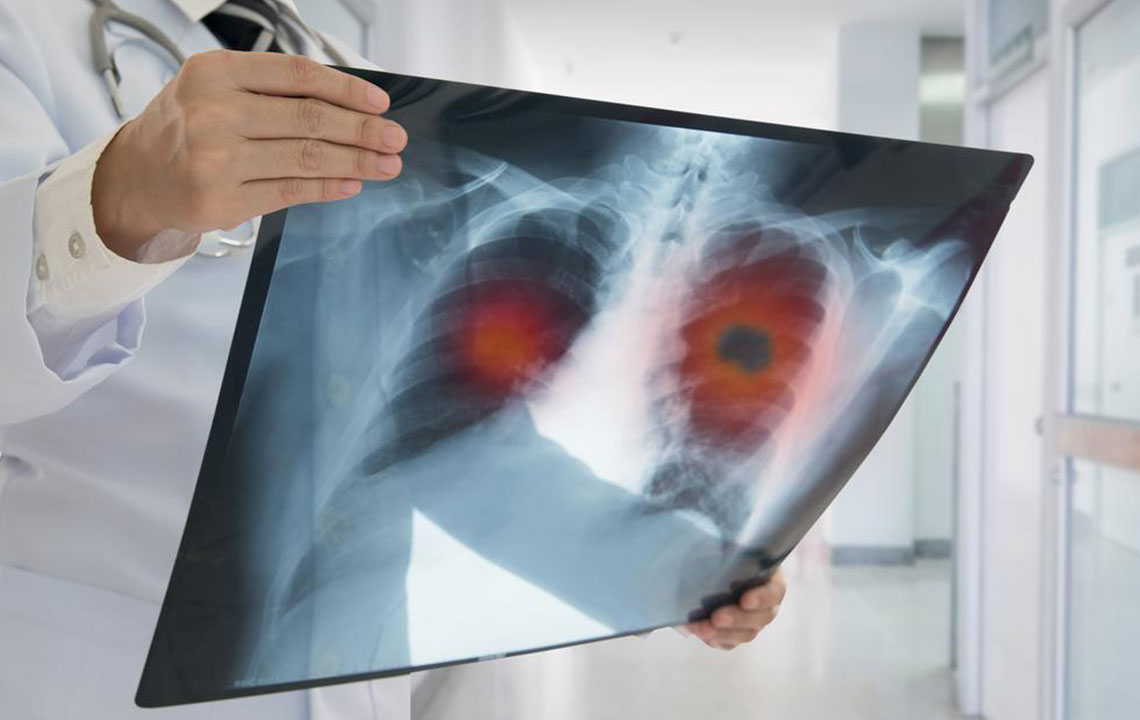Comprehensive Guide to Non-Small Cell Lung Cancer: Symptoms, Diagnosis, and Treatment Options
This comprehensive guide on non-small cell lung cancer (NSCLC) covers essential aspects including symptoms, diagnostic procedures, and treatment options. It emphasizes the importance of early detection and personalized treatment strategies, highlighting recent advancements such as targeted therapy and immunotherapy. Updated insights into surgical and non-invasive treatments aim to empower patients and caregivers with critical information for effective disease management. With ongoing research and clinical trials, prognosis and quality of life for NSCLC patients are steadily improving, making awareness and timely intervention more important than ever.

Understanding Non-Small Cell Lung Cancer (NSCLC): Essential Insights for Patients and Caregivers
Non-small cell lung cancer (NSCLC) is the most common type of lung cancer, accounting for approximately 80% of all cases worldwide. This prevalence makes it a critical focus in medical research, diagnosis, and treatment strategies. Unlike small cell lung cancer, NSCLC tends to grow and spread more slowly, but it can still be aggressive if not diagnosed early. It encompasses several subtypes, including adenocarcinoma, squamous cell carcinoma, and large cell carcinoma, each requiring specific treatment approaches. Given its high occurrence and potential severity, understanding the nuances of NSCLC is vital for patients, caregivers, and healthcare professionals alike.
Recognizing Symptoms of Non-Small Cell Lung Cancer
Early detection of NSCLC significantly influences treatment outcomes. Recognizing the warning signs can lead to earlier medical intervention and potentially improve prognosis. Common symptoms include persistent coughing that may produce blood or become more severe over time, unexplained weight loss, persistent chest discomfort or pain, fatigue, shortness of breath, wheezing, back pain, and a noticeable loss of appetite. Some patients may experience recurrent respiratory infections or develop a hoarse voice. Due to overlapping symptoms with other respiratory illnesses, timely consultation with a healthcare professional is crucial for proper assessment and diagnosis.
Diagnostic Procedures for NSCLC
Accurate diagnosis of NSCLC involves a combination of clinical examinations and imaging tests. Initial steps typically include a detailed patient history, physical exam, complete blood count (CBC), and chest X-ray. If abnormalities are detected or suspicion remains high, more advanced imaging techniques such as computed tomography (CT) scans, positron emission tomography (PET), or magnetic resonance imaging (MRI) are employed. To confirm the diagnosis and determine the exact cancer stage, tissue biopsy remains essential. This may involve methods such as bronchoscopy, needle biopsy, or surgical biopsy. The ongoing development of diagnostic tools aims to improve early detection accuracy and reduce invasive procedures, ultimately leading to better treatment planning.
Treatment Options for Non-Small Cell Lung Cancer
Treatment strategies for NSCLC are highly individualized, largely dependent on the stage of cancer at diagnosis, the patient's overall health, and specific tumor characteristics. The main treatment modalities include surgical removal of cancerous tissue, radiation therapy, chemotherapy, targeted therapy, and immunotherapy. Advances in medical research have ushered in new treatment options that aim to improve survival rates and quality of life for patients.
Surgical Interventions
Surgery is the most effective option for early-stage NSCLC. Common procedures include pneumonectomy, lobectomy, or segmentectomy, which involve removing part or all of the affected lung. The decision for surgery is made after comprehensive evaluation of lung function and overall health status. Minimally invasive techniques, such as thoracoscopy and robotic-assisted surgeries, have been developed to reduce recovery times and post-operative complications.
Radiation and Other Non-Invasive Treatments
Stereotactic body radiation therapy (SBRT) delivers high doses of precisely targeted radiation to tumor sites, making it an excellent choice for patients who are not candidates for surgery. Conventional radiation therapy can also be used to target cancer cells and shrink tumors, alleviating symptoms. These therapies are often combined with systemic treatments for optimal effect.
Medications and Systemic Therapies
Chemotherapy remains a cornerstone of NSCLC treatment, especially in advanced stages or when surgery isn’t feasible. Targeted therapies that focus on specific genetic mutations within cancer cells, such as EGFR, ALK, or ROS1 inhibitors, have revolutionized treatment, offering more personalized and effective options. Immunotherapy, which harnesses the body’s immune system to fight cancer, is also gaining prominence. These systemic approaches often work best in combination with local therapies, tailored to each patient’s unique situation.
Emerging Research and Clinical Trials
The landscape of NSCLC treatment is continuously evolving, with numerous ongoing clinical trials exploring novel therapeutic agents, combination therapies, and diagnostic techniques. Innovative treatments, including gene therapy, next-generation immunotherapies, and personalized medicine based on genetic profiling, hold promise for improving outcomes and reducing side effects. Patients are encouraged to discuss ongoing clinical trials with their healthcare providers to access cutting-edge treatments and contribute to advancing lung cancer research.
Understanding the complexities of non-small cell lung cancer, from symptoms to treatment options, is vital to improving patient outcomes. Early detection through awareness and diagnostic advancements remains a critical factor in successfully managing NSCLC. Treatment plans should be tailored to each patient, involving multidisciplinary teams to optimize care and enhance quality of life. Continued research and clinical trials are paving the way for more effective therapies, offering hope for better prognosis and survival rates in the future.





